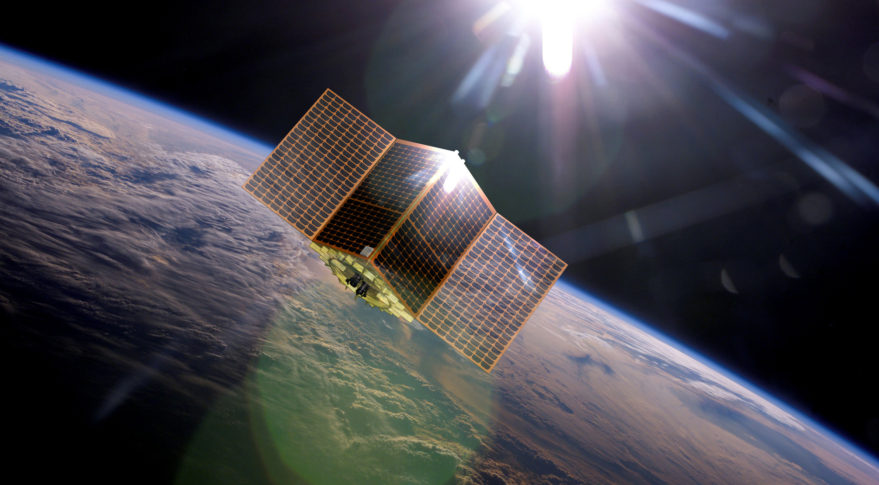A European Vega light launch vehicle, which has a Ukrainian-made engine, has successfully put the European Space Agency’s Earth Explorer Aeolus satellite into orbit.
The Vega rocket lifted away at 00:20 Kyiv time on August 23 from the Guiana Space Centre to the northwest of Kourou in French Guiana, France (South America), the State Space Agency of Ukraine (SSAU) said on its website. It was the twelfth launch under the Vega program and the first one this year.
Built by the European concern Airbus, the Aeolus satellite weighs 1.35 tonnes and is designed for long-range wind-mapping, it will probe the atmosphere with pioneering ultraviolet laser pulses. It is the first satellite that is able to measure wind speeds, using a laser technology for creating dynamic 3D maps of the earth’s surface winds. Aeolus is equipped with a Light Detection and Ranging (LIDAR) instrument called Aladin, which uses the Doppler effect for determining wind speeds at various altitudes. The satellite is to provide reliable information about global wind conditions. The information is necessary for meteorologists to make better forecasts and for climatologists to enhance the understanding of tropical dynamics and processes relevant to climate variability. The satellite will operate for three years.
The Vega launch vehicle was developed by ESA together the Italian Space Agency (ASI). It is designed to launch small payloads. The launcher is capable of delivering a reference payload mass of up to 1,500 kg into a circular sun-synchronous orbit of 700 km altitude.
The RD-848P engine for the fourth stage of the rocket was developed by Ukraine’s state-owned Pivdenne Design Bureau (Dnipro) and manufactured by Dnipro-based state-owned Pivdenmash. The first successful launch was in February 2012. From May 2013, ESA began using a new launch vehicle on a commercial basis.
In July 2017, Ukrainian participants in the Vega program extended the contract signed in 2012 with the European subcontractor, Avio SpA, for deliveries of engines for the Vega launch vehicle through 2020.
Ukraine’s government and ESA signed a cooperation agreement concerning space cooperation for peaceful purposes in 2008. Some 17 European countries are ESA members.
Ukraine is currently preparing to create an information hub in accordance with a contract signed in May 2018 with the EU on cooperation in the Copernicus Earth observation program.




